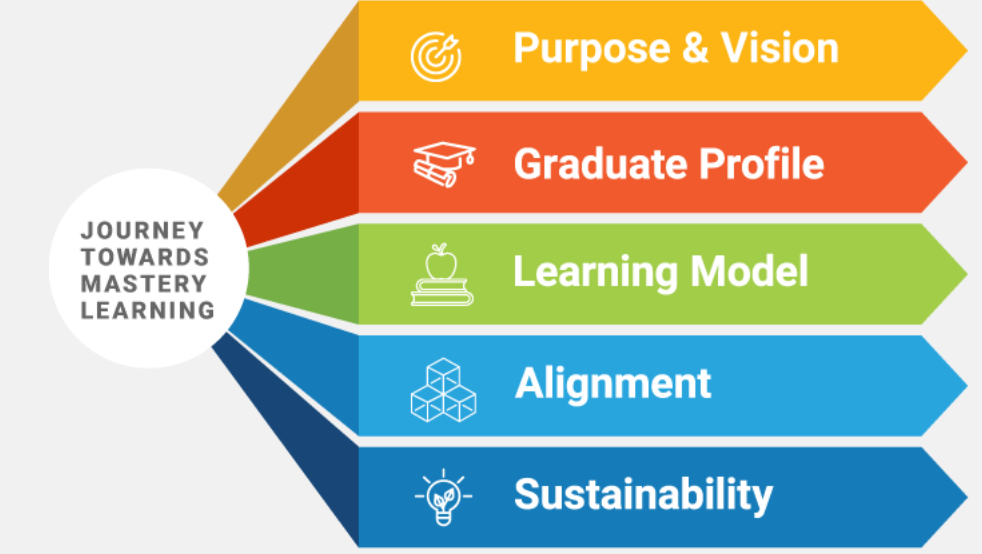
Photo by Allison Shelley/The Verbatim Agency for American Education: Images of Teachers and Students in Action
I receive a few emails every week from educators who want to find out how to get started down the path of competency-based education. The pandemic’s demand for flexibility has increased these calls for help. Most everyone has read the CompetencyWorks blogs, they’ve tackled a few of the books that have been written, they’ve studied the different grading policies. And still they can’t find the door that will get them started. Here are two question and two resources that I think can be really helpful for finding your entry point.
Question #1: What are your beliefs about how students and adults learn? How are they aligned (or not) to the research on learning? If you build a shared philosophy of learning in your school, your team can start to make wise decisions along the way rather than depend on programmatic implementation steps. With a shared philosophy based on the research on learning your team can start to make decisions that will enhance student learning the next day and every day.
Question #2: Where is your leadership? Which district staff, principals, teacher leaders believe that the traditional model needs to change? Which ones understand that by giving up some control and investing in more supportive strategies, schools can increase motivation and help students learn to learn? Which ones are comfortable with distributive leadership strategies as compared to top-down? Pick your first entry point based on where you have leadership excited to transform schools. It doesn’t matter if it is elementary or high school. It doesn’t matter if you pick math in ninth grade or an innovative team operating within your middle school. You can’t get to a high quality competency-based model through compliance. You have to start where leadership is already opening the door.
Resource #1: Design Roadmap for Implementing Mastery Learning
ReDesign brings a deep understanding of the research on learning and child/adolescent development to their work. By doing so they breathe cultural responsiveness, respect, curiosity and creativity into the classroom design and curriculum. Their roadmap to mastery learning begins with the original 5-part working definition developed by CompetencyWorks (that was updated to a 10 features of CBE and a revised 7 part working definition). Embedded throughout their design is what they call recuperative instructional strategies. This is a phrase that refers to the dynamics of “not yet”. Students don’t always learn things the first time through or within the time the teacher/school/vendor has dedicated to a unit. They haven’t successfully learned the concept or skill…yet. This capacity is why mastery education (or competency- or proficiency-based) requires schools develop much more flexibility so that they can adapt to student needs. ReDesign also has a deep commitment to sharing design tools and assessments. You’ll find loads of information there to help you on your way.
Resource #2: Journey to Mastery
 The Mastery Transcript Consortium has created a web page that provides a high level five part framework to help you organize the steps in beginning the transformation: purpose and vision; graduate profile; learning model; alignment; and sustainability. You’ll find case studies of a mix of different schools that describes their different models. You’ll also find Mastery Learning in Action which compares the models.
The Mastery Transcript Consortium has created a web page that provides a high level five part framework to help you organize the steps in beginning the transformation: purpose and vision; graduate profile; learning model; alignment; and sustainability. You’ll find case studies of a mix of different schools that describes their different models. You’ll also find Mastery Learning in Action which compares the models.
A final note: None of these resources will answer every question or tell you exactly how you should proceed. Visit some other schools and find a network of others you can reflect with along the way. Or hire a coach to help you and/or your team shake the assumptions underlying the traditional model out of your thinking. And most of all, let the research on learning light your way.


